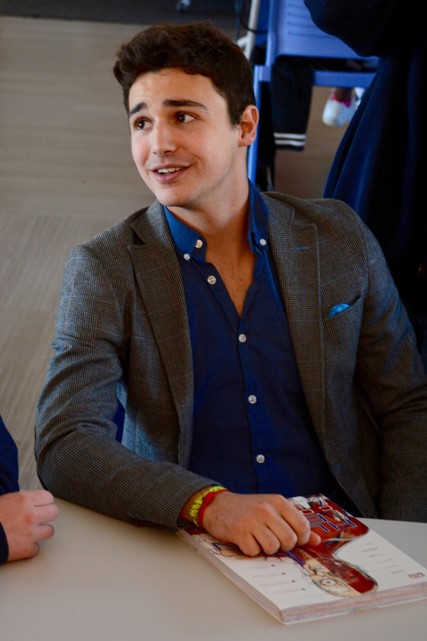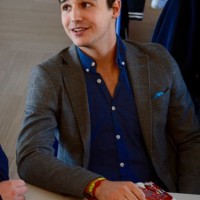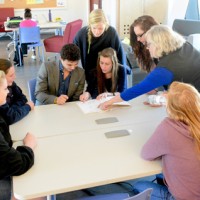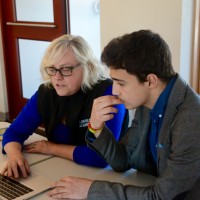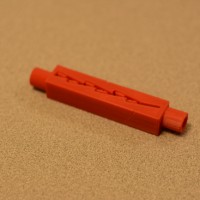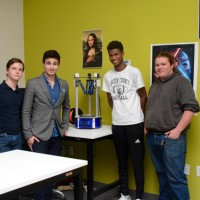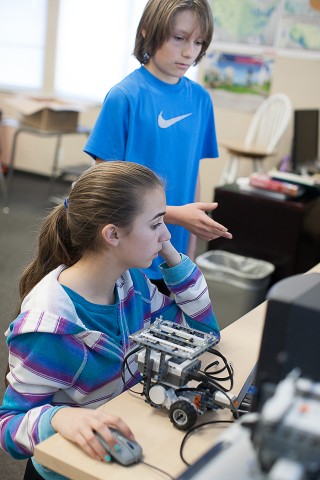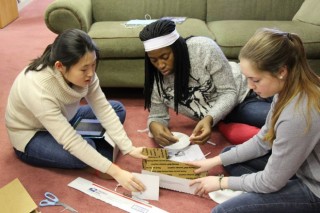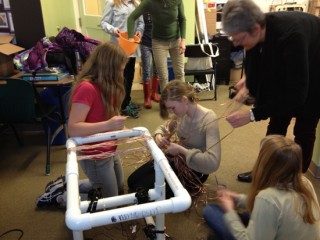Students in Maya Crosby’s Anatomy and Physiology class at Lincoln Academy are asked to integrate real-world applications into their work. The curriculum includes various case studies, along with a certification in first aid, discussions of ethics, and the use of technology. One result from this year’s efforts may be a patent-worthy idea.
Senior Alejandro Ramos was inspired to apply what he was learning to an actual biomedical problem. His plan: to design a valve to treat conditions such as phlebitis, valvular problems in the legs, and deep vein thrombosis; and also prevent embolisms in vital organs like the heart, lungs, and brain. After envisioning and sketching his idea in class, he turned to senior Nate Courtenay, who also interns at the school’s Applied Technology and Engineering Center. They brainstormed ideas on designing and printing a 3D model that people could see and understand. After a couple of test prints, he had the final model. It was smaller than a clothespin.
In April, Alejandro took it to the Maine Science Festival and won two awards: the Maine Math and Science Alliance Prize from a newly participating school, and Third Prize for a Biological Sciences and Engineering entry.
He now hopes to start doing experiments and see the design’s effect on the fluid dynamics of blood. “I did have a small idea,” he says modestly. “It was just an idea; but the more I work on it with my teachers, the more utilities I find for it.”
That inspiration is exactly what Maya Crosby hoped would happen in her class.
